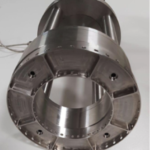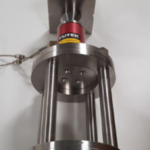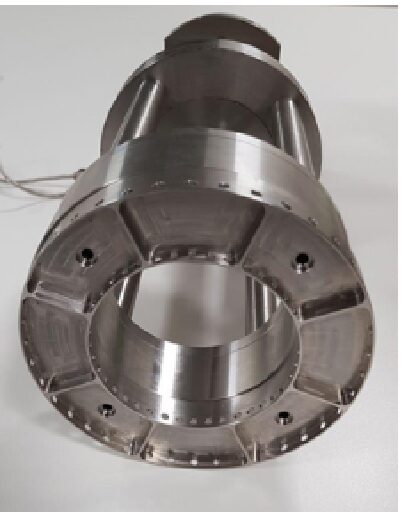Project Description
The shallow penetrometer is a creative extension of the conventional cone, T-bar and ball penetrometer, but with added actuation, control capabilities and new types of sensors providing more detailed measurements of soil response. A new ring-shaped penetrometer tool is proposed that generates soil-to-soil shearing using milled slots (with drainage holes) across a ring interface. During a test, this device is penetrated to a predefined depth filling the slots with soil and is then subjected to one or more stages of rotation under-maintained vertical load generating a soil-to-soil failure plane. The vertical force and torque on the penetrometer are monitored continuously, as are the pore pressures at multiple locations on the surface. The soil-soil resistance is derived from the measurements, in terms of both total and effective normal stresses. Dissipation stages allow the consolidation coefficient to be determined for fine-grained soils, while the timing of rotation stages may be varied to deduce both drained and undrained soil to soil strengths.
The proposed tool would not only enhance the design practice for measuring soil-to-soil friction, but its application could also be a game-changer for any geotechnical development by more precise forecasting of the geotechnical behaviour, offshore or onshore. It may supersede conventional laboratory testing (such as Direct Shear Box testing) which generally suffers from system friction and sample disturbance and, therefore, leads to uncertainties in the measured soil properties. The novel shallow penetrometer tool overcomes both of these issues and, therefore, may lead to a new industry standard of characterising soil properties and would allow addressing research questions such as frictional stress dependency at low stresses.



